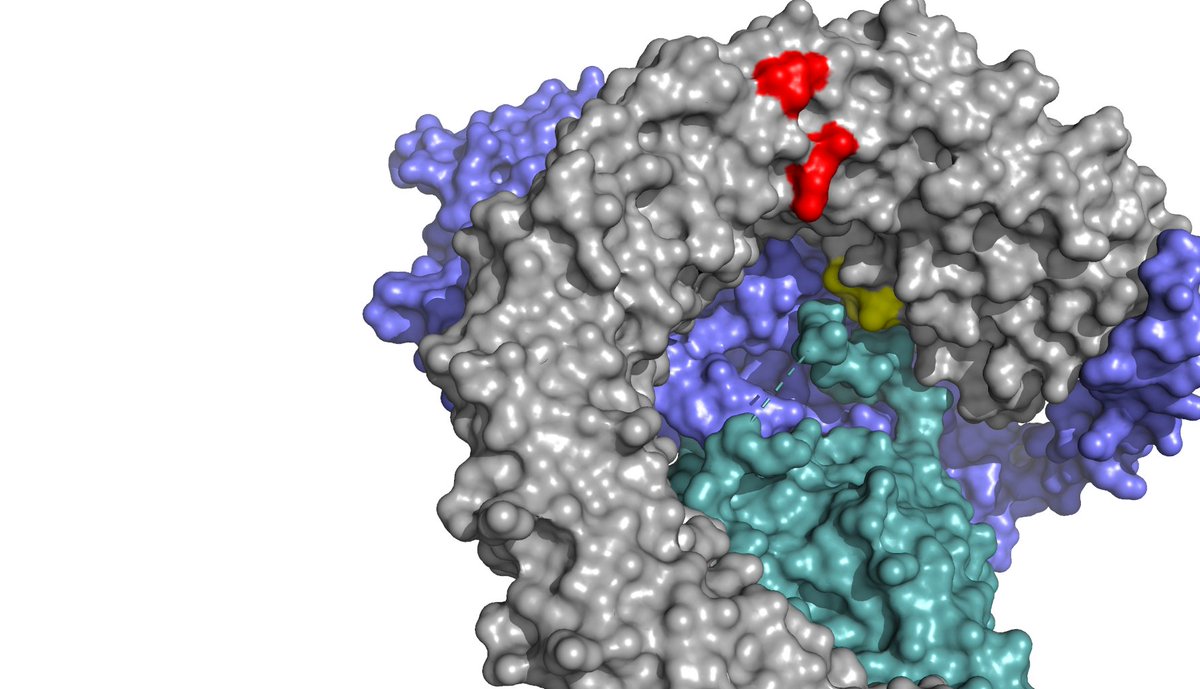PP2A reactivation papers - nice- some questions in thread.
Would have been great if Cell could have asked authors to clarify the discrepancy between the two studies. Important for the community. @gouthamnarla
https://www.cell.com/cell/fulltext/S0092-8674(20)30344-5">https://www.cell.com/cell/full... https://www.cell.com/cell/fulltext/S0092-8674(20)30331-7">https://www.cell.com/cell/full...
Would have been great if Cell could have asked authors to clarify the discrepancy between the two studies. Important for the community. @gouthamnarla
https://www.cell.com/cell/fulltext/S0092-8674(20)30344-5">https://www.cell.com/cell/full... https://www.cell.com/cell/fulltext/S0092-8674(20)30331-7">https://www.cell.com/cell/full...
Is the target of DT-061 PP2A-B55A or PP2A-B56A? The two papers seem to disagree on this.
Strategy for activating PP2A is interesting. Why did the original characterisation of DT-061 show activation of PP2A-B56C and showed direct binding to A subunit? This does not appear to be in line with this new paper.
https://www.jci.org/articles/view/89548">https://www.jci.org/articles/...
https://www.jci.org/articles/view/89548">https://www.jci.org/articles/...
Mutation of A subunit K194R and L198V (in red) causes resistance to DT-061 but far from the binding pocket (yellow) - is there a structural relay causing this?
Trying to use twitter to discuss science - apologies if this is too direct

 Read on Twitter
Read on Twitter


